Modern AP LIS in Improving the Practice of Pathology:
What is Pathology?
Pathology is defined as the study of illness and diseases. Pathologists apply their knowledge to every field in healthcare, from advising professionals on how to manage minor illnesses to treating patients in every area of the health industry, from advising professionals how to manage minor illnesses to treating patients with life-threatening conditions with new advanced technologies and methods. The rapid decrease in polio illness worldwide is seen because of pathologists who work together, researching such new illnesses.
Anatomic Pathology Laboratory Information Systems
Recently, a new modern pathology method has been introduced, called the Anatomic Pathology LIS (Laboratory Information Systems). APLIS has evolved with time and mainly aims to advance the technologies to cure various diseases. Illnesses have been found and are now beginning to support digital imaging and asset tracking technologies.
The APLIS laboratories depend on an information structure that helps regulate laboratories’ workflow, microscopic findings, forming and signing out reports, supporting quality assurances, etc.
What is the need for Anatomic Pathology LIS (APLIS)?
In today’s world, Clinical pathology and Anatomic Pathology LIS is the foundation and future of the medicinal and diagnostic world.
Pathophysiology lies at the forefront of identifying disease or disorder, whether evaluating body fluids or organ and cell data. To acquire specimens, capture gross and microscopy results, govern laboratory workflow and prepare and transmit reports to requesting physicians and organizations, today’s APLIS laboratory needs a rigorous information system architecture.
Quality management programs, healthcare quality measures, and compliance programs should be supported by the anatomic pathology lab software. An effective APLIS supports and monitors laboratory procedures throughout the diagnostic phase, playing a vital role in the pathologic cycles.
Digging Deep into the analysis of APLIS and its Functionality
Integrating APLIS usually allows the research labs to keep records of samples and quickly transmit pathological results, allowing for more efficient and faster diagnosis and therapy or treatments. Numerous samples from a specific patient’s pathology diagnosis might need many blocks, including additional slides and imageries.
As a result, over one new consultation test can expand into 30 or 40 replicated samples. Such quantity and sample variety necessitate accurate specimen control and analysis in a lab that handles thousands of cases each day to eradicate errors and meet the correct turnaround times. The APLIS enables physicians and pathology professionals to effortlessly gather and retrieve most of the data they need to conduct a particular part of the research process.
Integration of APLIS
An APLIS must be interfaced to provide quick turnaround times and facilitate an integrated health service system. It enables commands to be somehow accepted digitally from either the host operating system or an Electronic health record (EHR). Pathology equipment receives diagnoses and clinical records, and patient data and files are returned to the issuing doctor. Such connectedness helps in improving the quality of patient care by speeding up the response of critical results.
What next? The goals and future of APLIS
There have been numerous advancements throughout the field of pathology, many of which are impacted by the pandemic caused by COVID-19, bringing the area together into the modern generation. Electronic pathology and whole slide imaging (WSI) are commonly regarded as having the capacity to modify pathological diagnostic practice. Moreover, technologies like Artificial intelligence (AI) tools and Machine learning (ML) algorithms can help pathologists make faster, better precise diagnoses and treatment plans using digitized slides. Thus, several developing platforms are being supported and interfaced by APIs.
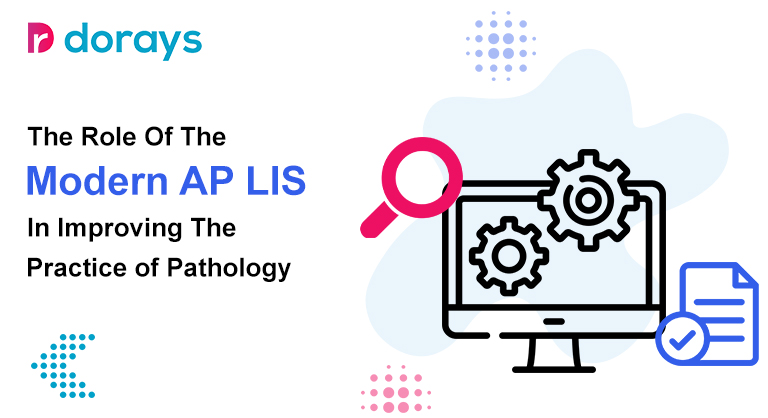
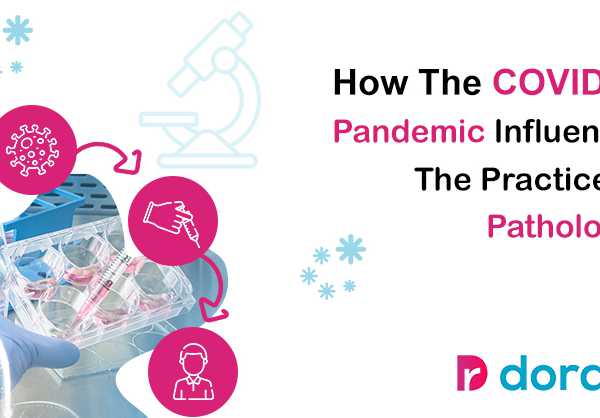
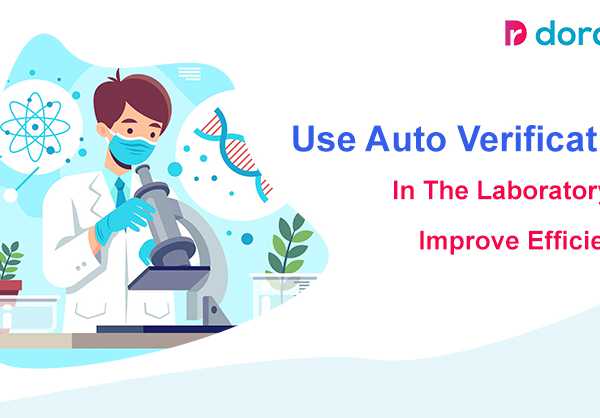

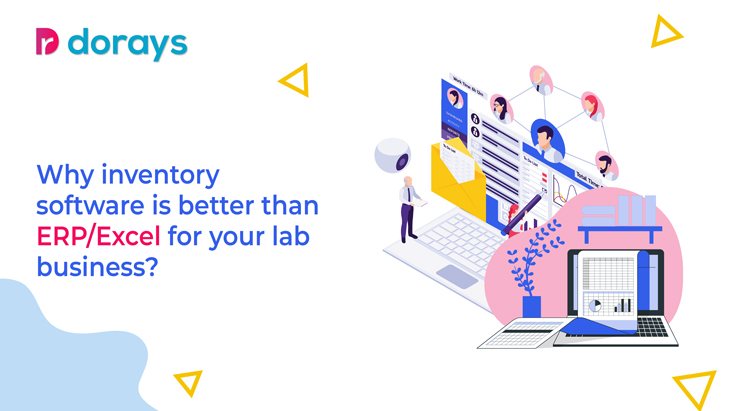
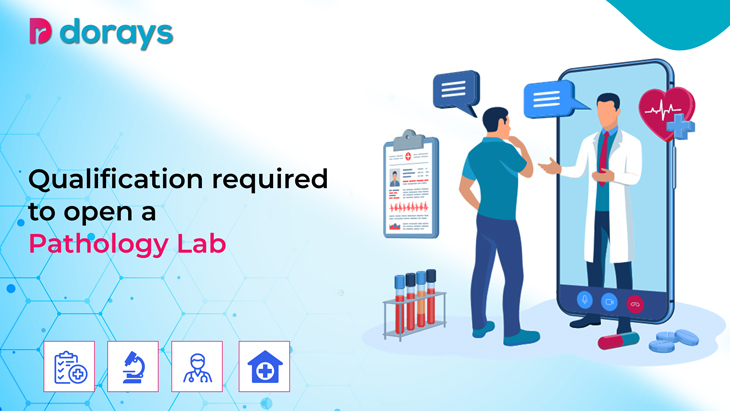
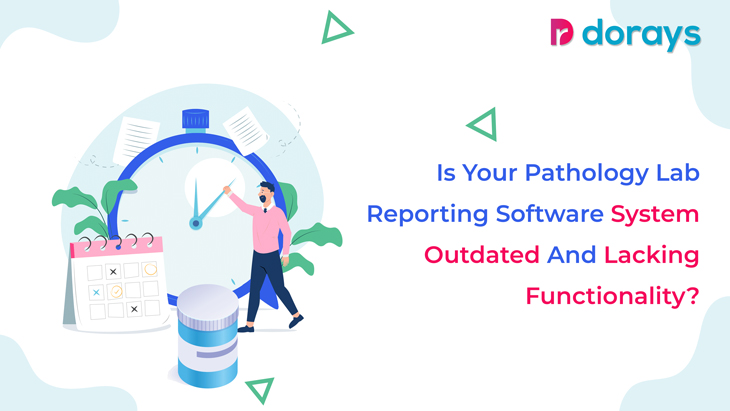
Leave a Comment